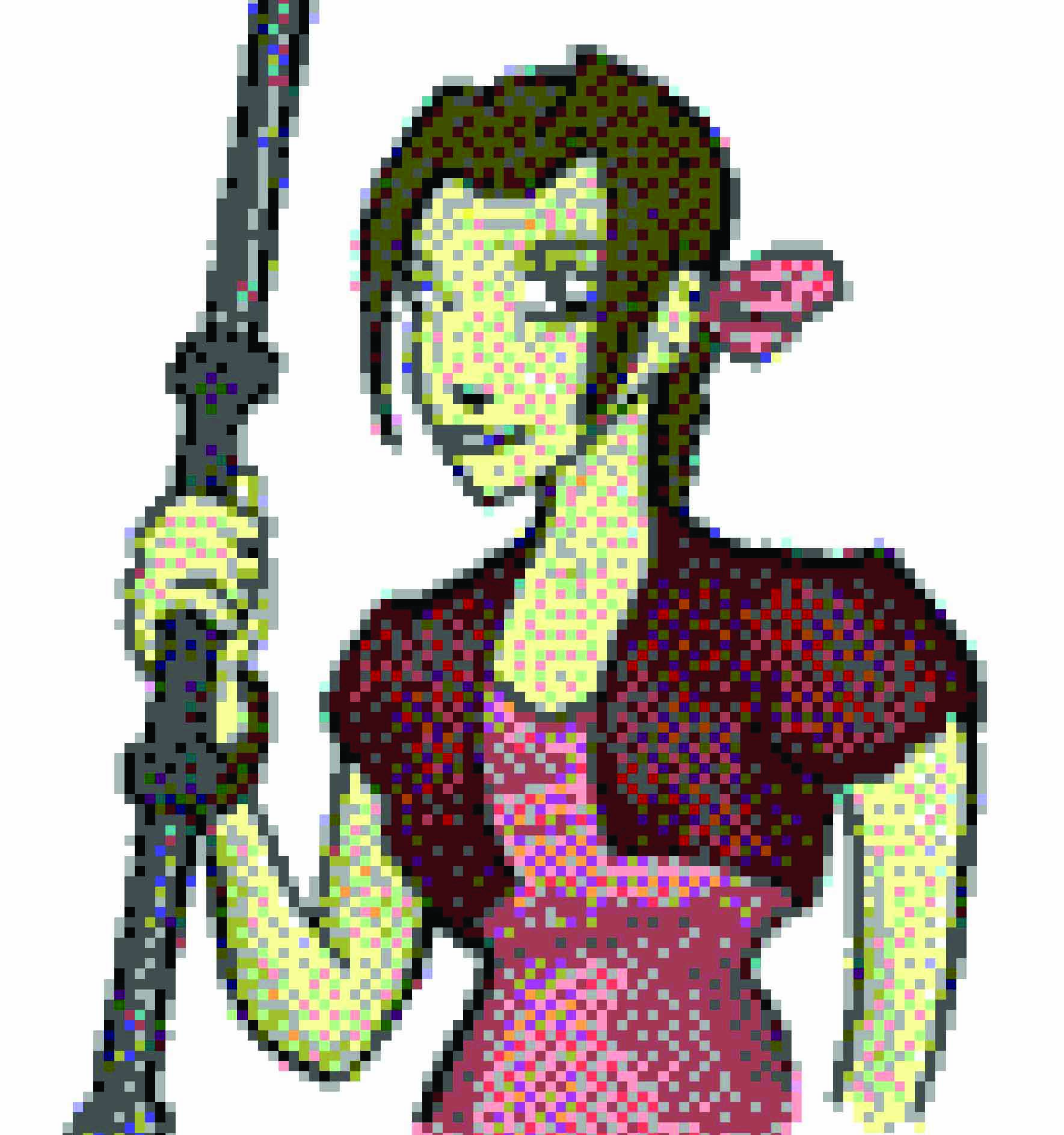Perhaps the most perplexing thing about being a woman is what that means to the larger scheme of the world and, more specifically, what we as women represent to the creative world of ideas. Simone de Beauvoir, largely characterized as a feminist, wrote The Second Sex in 1949, radicalizing the idea of what it meant to be a woman and expressing the idea that womanhood is a choice. That being said, she stated time and time again, that her ideas were not her own, that her philosophy was influenced, created and shaped by Jean-Paul Sartre. She explicitly believed that a woman could not formulate a philosophical system, that that was the realm of men. Her work stands on its own, different from, and in my opinion better than, that of Jean-Paul Sartre. Yet her own opinions demonstrate a desire to be part of the world of men, while remaining distinctly woman. Is the world of ideas a man’s world? Should women feel relegated to expanding upon precepts proposed by their lovers? Did de Beauvoir really see herself this way? If de Beauvoir did in fact see herself this way, and her interviews suggest she did, the larger question is, in the world of ideas, where women are distinct, why do they feel subservient to the men that surround them?
Over the summer, I read The Unexpurgated Diaries of Anaïs Nin. This was a collective work that spanned a decade of Nin’s life while she lived as an intellectual in Paris with author Henry Miller. While reading this work, I found myself constantly conflicted between Nin and the other central female character, June. Nin is this delightful creature who thought, wrote and loved, but was overshadowed by the extravagance of Miller and his lifestyle. June on the other hand, was an impetuous mess, madly in love with Miller and constantly betrayed and abandoned by him. I found myself betwixt the two feminine characters, repulsed by the neediness of the masculine characters and devastated by the feminine neurosis that seemed to mirror society’s. Nin writes, “Literature is an exaggeration, and those who are nourished on it (as I was) are in great danger of trying to approximate an impossible rhythm. Trying to live up to Dostoevskian scenes every day. And between writers there is a straining after extravagance. We incite each other to jazz up our own rhythm.” She is hopelessly embracing her own destruction, in order to embrace her art — hopelessly thrusting herself into the chaos that creates jazz. Her relationship with Henry Miller is exploitative. She writes as though the relationship is complementary, as though Henry nourishes her, helps her to grow and gives her art life. But throughout her diary, her madness becomes the increasingly obvious elephant in the room. Her creative energy is not complemented by Miller’s but rather deformed by it. Nin’s ability is obvious, but her desire to create as a woman in a man’s world leaves her lurching, constantly chasing after a goal that is ultimately impossible to attain.
The more I read of women within intellectual or literary movements, the more I see a sexual vibrancy that is taken over by a male character, who then becomes the central character. Nin and June become two powerful characters, obscured and deformed by the exploitative situation with Miller. Nin becomes so wrapped up in her male characters that she brings herself to the brink of madness, the brink of creativity and thus, explodes as a literary deviant. She writes what is obscene and may in fact live what is obscene. And so, when you read her actual work (her novels, not her diaries) you feel her helplessness in the face of her sexuality. She cannot master it, so she perverts it. She loves what is creative, what is mad and so she falls into wild entanglements with men who read and write and appropriate her thoughts. She is a lover, but she is not in love — although she realistically falls madly in love with the idea of it all. When June is falling apart after having been abandoned by Henry for the millionth time, she asks Nin why she has “such a coarse, earthy body” because she is not “coarse.” It seems that to escape to the realm of creative birth, to explode with an idea, the feminine is employed, is besought and driven out of its hiding place to be seen. The feminine is birth, is life, is love and so it is exploited.
What then, does it mean to be a creative woman? If Nin’s creativity is exploited by Miller, de Beauvoir’s appears to be contingent on Sartre. But what is clear is that both women present brilliant ideas, separate from and better than their male counterparts. Both become the background noise, while the male character becomes the central star. I suppose this is because being a woman makes one a part of the world. The madness of Nin and the insecurity of de Beauvoir seem to come from a small place, where the idea of being a part of the creative conflicts with the ever present reality of being a part of the world. Women produce; women create; women are life, and this concretely makes them a part of the world. The creative man ties himself to the brilliant woman because he is hoping that in the sexual relationship he can exploit the tendency of womanhood to produce world, and in so doing, can tie his creative ideas to the world.
To be a creative woman in a man’s world of ideas is clearly problematic then. It would be overly ambitious for this piece to propose a solution to this conflict and so, instead, I will present the argument that the feminine is a necessary component of the creative world of ideas. Specifically, the idea that women cannot create in isolation from the masculine is ridiculous because the central theme in the world of ideas has been the feminine.




